










It can be easy to forget that until COVID-19 began its onslaught, tuberculosis (TB) was the leading infectious disease killer of adults worldwide. Like COVID-19, TB bacteria spread when a person with TB coughs, sneezes, speaks or sings. These bacteria can be passed anywhere: in communities where people live, in hospitals and clinics and on buses and trains. Anyone can get TB. In 2019, an estimated 10 million people contracted TB and more than 1.4 million died.
Despite the numbers, we know we can end the TB epidemic. It is a matter of scaling up effective programs, dedicating sufficient resources and mobilizing the political will.
This report highlights six locations where communities made impressive progress to significantly reduce TB cases and deaths – from California in the United States to Tomsk, Russia and Karachi, Pakistan. Some harnessed the power of technology and innovation, while others depended on meticulous contact tracing and a highly skilled network of medical professionals and community health workers. Each case study provides a TB surveillance timeline as well as crucial policy changes, local leadership and public health interventions – inflection points – that contributed to successes.
The locations represent diverse contexts, geographies and economies. Taken together, they demonstrate how a comprehensive public health approach to eliminate TB can be realized on a global scale and how lessons from TB can be applied to new and emerging pandemics like COVID-19.
For more about how COVID-19 is impacting the fight against TB, please click here.
To drive effective solutions to end TB everywhere, we need renewed and sustained political will – as well as increased funding – to stop a disease that claims 4,000 lives a day. This report outlines a new narrative for success and opportunity.
Together, U.S. and local policymakers, researchers and communities can end the TB epidemic in our cities, our countries and in our world by increasing funding for global and domestic programs; scaling what works and reaching those most at-risk; prioritizing public health systems strengthening; and ensuring scientific research is well-funded to continue innovations against TB and COVID-19. Many places are doing it already, and we can learn from these lessons to scale and implement them everywhere.
Together, we can end TB.